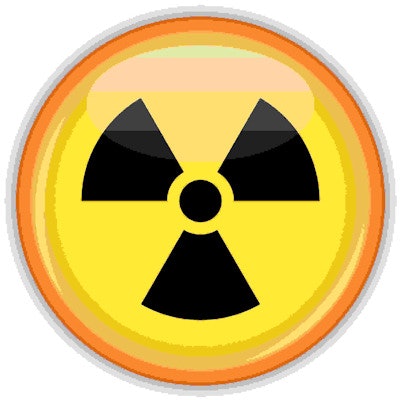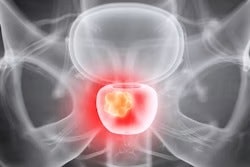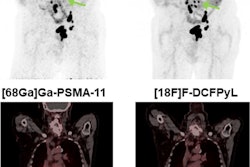
A medical physicist in Iowa has crunched the numbers and determined the safest approach for prostate cancer patients receiving Lu-PSMA-617 (Pluvicto) to dispose of their radioactive urine, according to a recent communication in the Journal of Nuclear Medicine.
 Stephen Graves, PhD.
Stephen Graves, PhD."The pragmatic approach to Lu-PSMA-617 solid-waste management is to instruct patients to contain the waste in sanitary trash bags and to dispose of contaminated waste in the standard household waste stream," suggested Stephen Graves, PhD, of the University of Iowa in Iowa City.
Peptide-based radiopharmaceutical therapies such as Pluvicto are rapidly excreted from the body primarily by renal elimination into the urine. On average, 73% of the administered radioactive byproduct is eliminated with a half-life of 0.071 days and the remaining 27% is eliminated with a half-life of 1.71 days. This contaminated solid waste must be safely managed at home by the patient, Graves noted.
Currently, three options exist, as follows:
- The patient retains the waste in plastic trash bags in the home until radioactive decay is complete and the waste can be disposed of normally (i.e., as nonradioactive waste).
- The patient contains the waste in sanitary trash bags and immediately disposes of it in the normal household waste stream.
- The patient retains the waste in plastic trash bags at home and contacts the licensee to arrange waste pickup.
Option 3 is a nonstarter, given it is logistically intractable for many medical providers, Graves wrote.
According to his calculations, if waste is retained for decay within the household (option A), the expected excess effective exposure dose to a member of the household is expected to be approximately 330 microsieverts (µSv) per 7.4 GBq of treatment. By comparison, if the waste is disposed of in the normal household waste stream (option B), the maximally exposed sanitation worker is expected to receive approximately 10.3 µSv per 7.4 GBq of treatment, and the household member exposure is reduced to 36 µSv.
"Disposal of solid contaminated waste in the normal waste stream results in approximately a 10-fold reduction in estimated household member exposure, with respect to the waste, with only a marginal increase in sanitation worker exposure relative to natural background radiation," Graves wrote.
Notably, average natural background radiation exposures are estimated at 6,200 uSv per year. Moreover, household members are unlikely to spend 100% of their time at a distance of three meters from the radioactive waste, Graves wrote.
Nonetheless, there are approximately 268,490 new cases of prostate cancer each year in the United States, with approximately 5.6% being potential candidates for Pluvicto, Graves noted. In these patients, radiation exposure from waste among household members and members of the public remains a concern.
"This approach [option B] is expected to minimize radiation exposure to members of the public, and cumulative exposures are expected to be well below regulatory limits," he concluded.





















